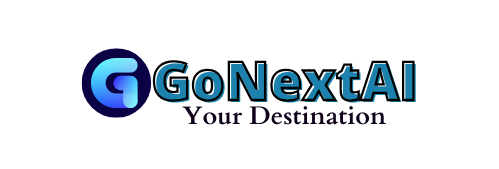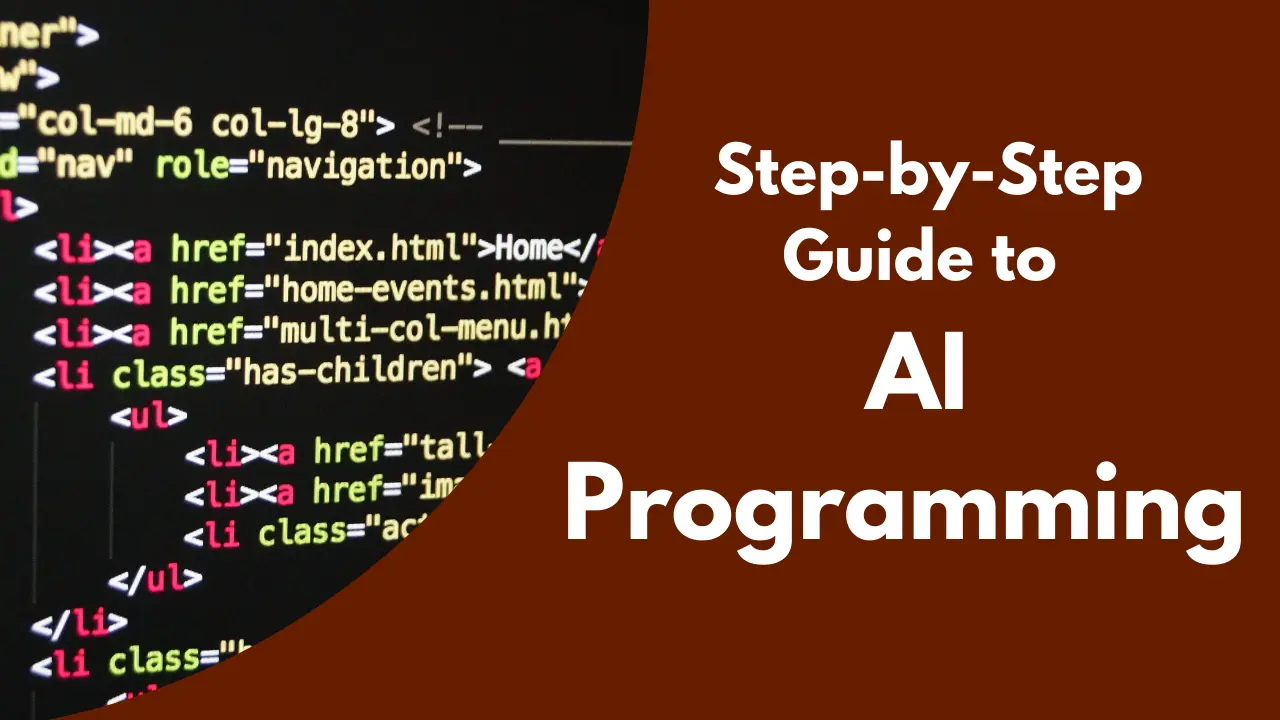Step-by-Step Guide to AI Programming
Artificial Intelligence (AI) programming has transformed numerous industries, offering innovative solutions to complex problems. Whether you’re a beginner eager to dive into this fascinating domain or a seasoned developer expanding your skills, this step-by-step guide to AI programming will provide you with the foundation to build and deploy AI systems. Let’s explore the essential steps and resources you’ll need to start programming AI.
Step 1: Understand the Basics of AI
Before diving into programming, it’s vital to understand what AI is and how it functions. AI simulates human intelligence processes through algorithms and computational models. There are several types of AI:
- Narrow AI: Designed for specific tasks, like language translation or image recognition.
- General AI: Aims to perform any intellectual task a human can do (still under research).
- Machine Learning (ML): A subset of AI focusing on algorithms that learn from data.
- Deep Learning: A subset of ML that uses neural networks for tasks like speech recognition and computer vision.
Learning foundational concepts like supervised learning, unsupervised learning, and reinforcement learning will set you on the right track.
Step 2: Learn Essential Programming Languages
AI programming heavily relies on certain programming languages. The most common ones are:
- Python: Known for its simplicity and rich libraries like TensorFlow, PyTorch, and Scikit-learn.
- R: Popular for statistical analysis and data visualization.
- Java: Useful for developing AI systems requiring high performance.
- C++: Ideal for resource-intensive AI applications like game development.
Begin with Python, as it is beginner-friendly and widely used in AI development.
Step 3: Master Key AI Libraries and Frameworks
To program AI efficiently, you’ll need to become familiar with tools and libraries that simplify the process:
- TensorFlow: Developed by Google, ideal for deep learning projects.
- PyTorch: An open-source library for machine learning.
- Scikit-learn: A simple tool for data mining and analysis.
- Keras: User-friendly interface for deep learning tasks.
- OpenCV: For computer vision projects.
Practice small projects with these libraries to solidify your skills.
Step 4: Learn Data Handling and Preprocessing
AI systems rely on large datasets. To make accurate predictions, you must understand:
- Data Collection: Gather relevant datasets from sources like Kaggle or UCI Machine Learning Repository.
- Data Cleaning: Handle missing values, remove duplicates, and standardize formats.
- Data Transformation: Normalize or scale data to make it suitable for algorithms.
- Feature Engineering: Extract meaningful features that improve model performance.
Tools like Pandas and NumPy in Python are indispensable for data manipulation.
Step 5: Study Machine Learning Algorithms
A crucial part of AI programming is mastering machine learning algorithms. Some common ones include:
- Linear Regression: For predicting continuous values.
- Decision Trees: For classification and regression tasks.
- Random Forest: An ensemble method to improve accuracy.
- Support Vector Machines (SVM): For classification problems.
- Neural Networks: The backbone of deep learning.
Understand when and how to use these algorithms by experimenting with datasets.
Step 6: Work on Real-World Projects
Hands-on experience is the best way to learn AI programming. Start with small projects like:
- Predicting house prices using regression.
- Building a sentiment analysis tool for text data.
- Creating a simple chatbot using natural language processing.
- Recognizing objects in images using convolutional neural networks.
Gradually move to complex applications such as AI-driven recommendations or autonomous systems.
Step 7: Optimize and Deploy AI Models
After building your AI model, focus on optimization and deployment:
- Model Evaluation: Use metrics like accuracy, precision, recall, and F1-score.
- Hyperparameter Tuning: Adjust parameters like learning rate and epochs to improve performance.
- Model Deployment: Deploy models using frameworks like Flask or FastAPI.
Ensure your model performs well in real-world conditions before deployment.
Step 8: Stay Updated
AI is a rapidly evolving field. To remain relevant, follow these steps:
- Read research papers on platforms like arXiv.
- Join AI communities on GitHub, Reddit, or Kaggle.
- Attend conferences and workshops.
- Subscribe to AI-related blogs and newsletters.
Final Thought
Embarking on your AI programming journey might seem daunting at first, but with a structured approach and dedication, you can master this skill. This step-by-step guide to AI programming has provided a roadmap to get started, from understanding the basics to deploying AI models. Practice consistently, stay curious, and leverage available resources to excel in this transformative field.
Read More Top 10 Ways to Make Money with AI Today


1 Comment